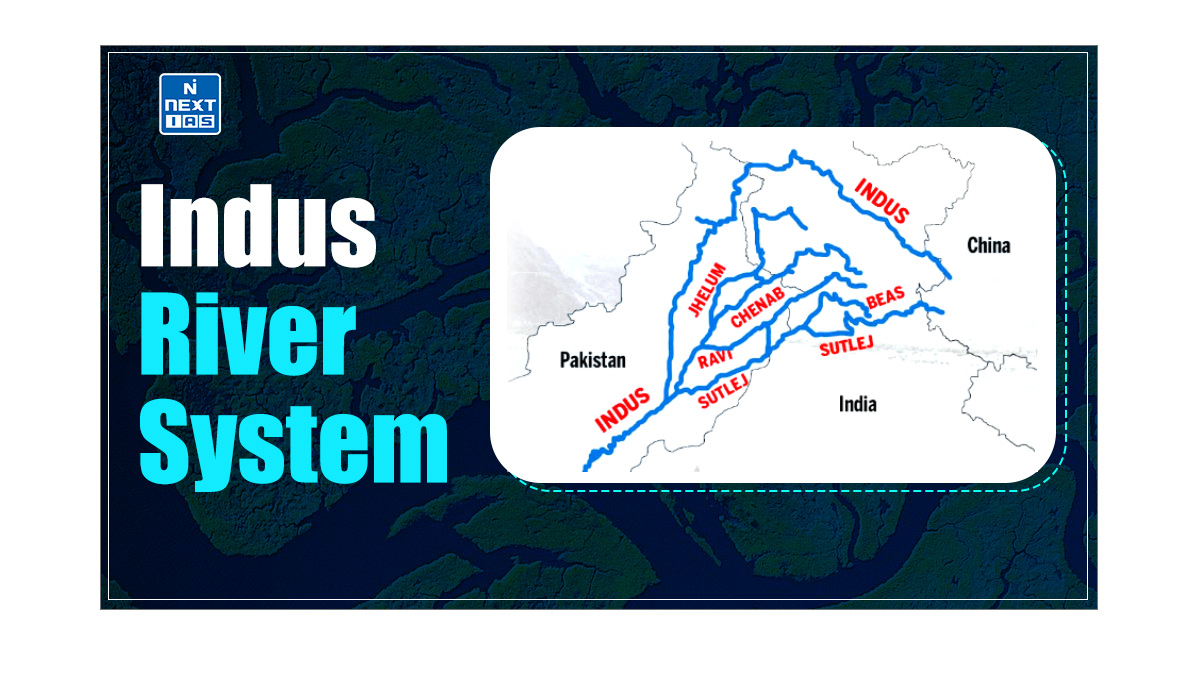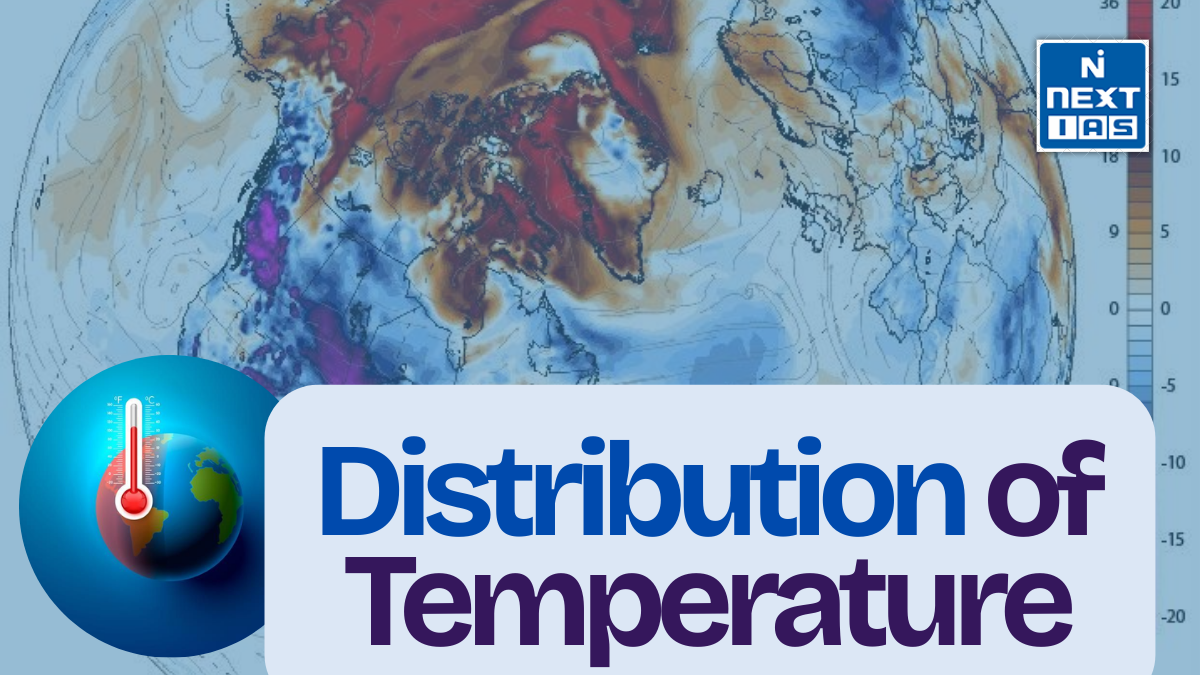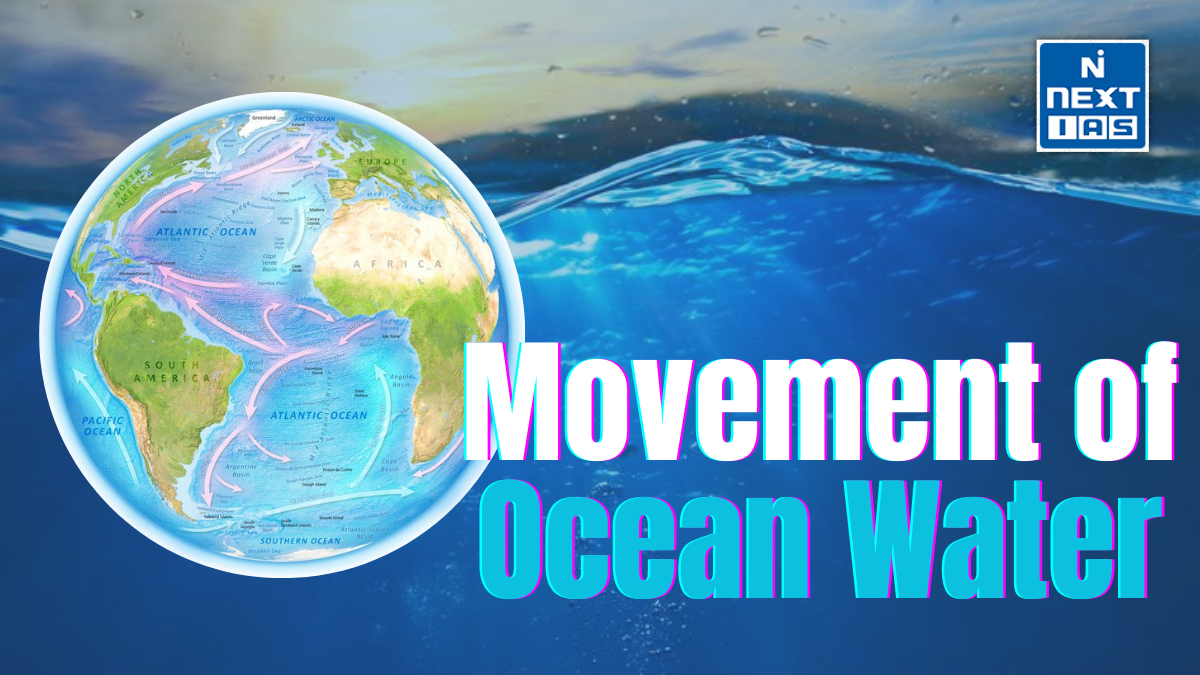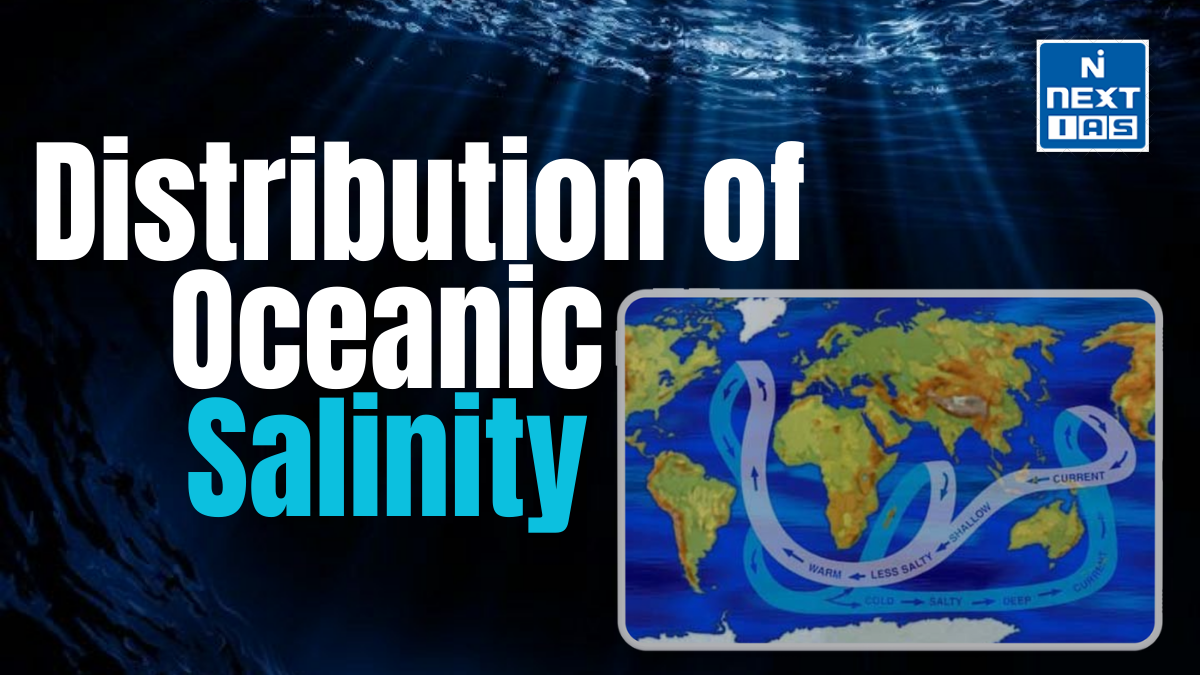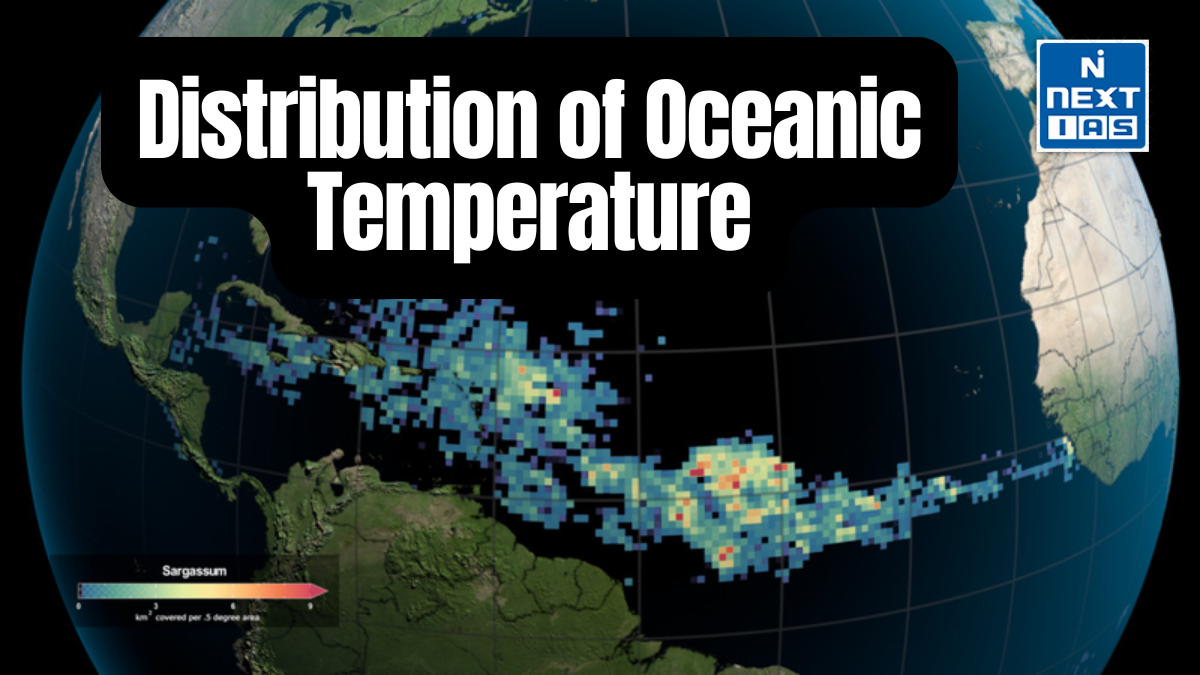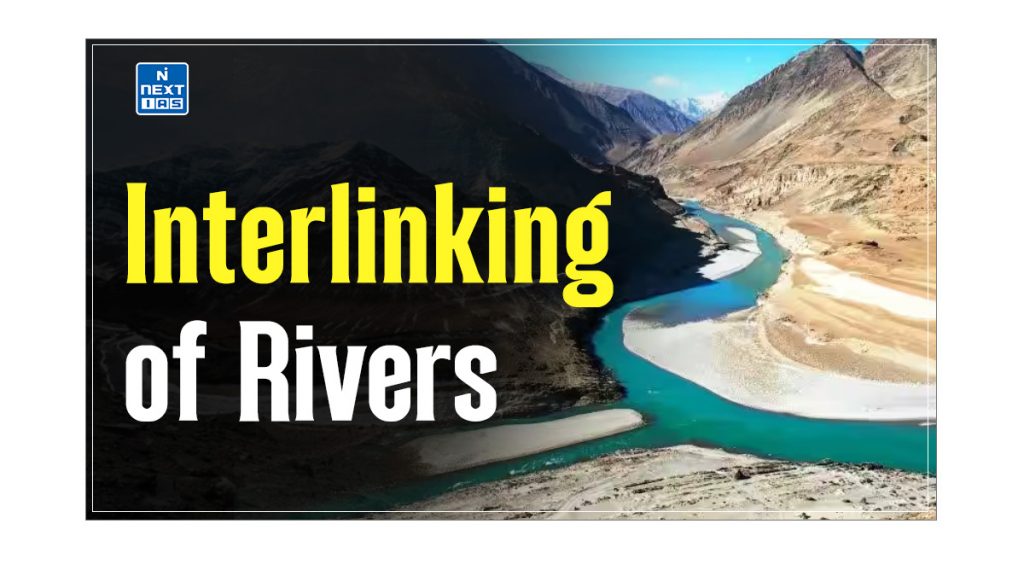
The Interlinking of Rivers is an ambitious initiative designed to create a network of canals and reservoirs that connect major rivers across India. By transferring water from surplus areas to those experiencing scarcity, this initiative seeks to mitigate the impacts of floods and droughts. This article aims to study in detail the Interlinking of Rivers, their major components, advantages, disadvantages, and other related aspects.
About Interlinking of Rivers
- Water is an important matter in political, economic and social areas. We need to concentrate on the proper development and management of the water resources.
- Millions of people suffer from droughts and floods.
- E.g. – Assam, Uttar Pradesh, and Bihar are flood-affected areas and Saurashtra, Vidarbha, and Bundelkhand are drought-affected areas.
- Interlinking of Rivers in India aims to transfer water from surplus to water deficit areas in the country.
- So, the Interlinking of Rivers in India will help save the people living in drought-prone zones e.g. West and South of India from hunger and people living in flood-prone areas e.g. Bihar, Assam etc. from the destruction caused by floods.
Major Components of National River Linking Project (NRLP)
The Interlinking of Rivers Project in India has been managed by the National Water Development Agency (NWDA) under the Ministry of Water Resources. It has the following three parts:
- A northern Himalayan River Interlinking.
- A southern Peninsular River Interlinking.
- An Intra-State River Interlinking.
| Note: The NWDA has studied different river projects of the Himalayan region and the peninsular Indian rivers and prepared reports on these river systems e.g. Ken-Betwa, Mahanadi-Godavari etc. |
Benefits of the National River Linking Project (NRLP)
The major advantages of the National River Linking Project are as follows:
- Conservation of Water Resources – Surface water conservation management is improper in most parts of the country e.g. Eastern UP, North Eastern India – Meghalaya, Assam etc.
- We have lost many lakes, ponds and rivers in the improper race of water exploitation.
- Interlinking of rivers in India improves the availability of surface water resources and reduces the use of groundwater for irrigation and other purposes.
- An increase in surface water resources means to increase in the availability of the arable areas in the country.
- Crop Productivity – The Interlinking of Rivers in India can act as a saviour for agricultural areas. As we know the agricultural sector receives most of the labour – population, fluctuations of income and monsoon uncertainty.
- So these problems can be done away by linking rivers. It will also help to boost the primary sector by improving the lives of the poor and different sections of society.
- Agriculture mostly depends on the uncertainty of the monsoon so it will help a large number of farmers to rid of this monsoon issue in various areas of the country e.g. – Madhya Pradesh, Odisha, Tamil Nadu, Karnataka etc.
- Interlinking of Rivers in India will also reduce the cost and time in the transportation of raw materials, goods and services thus giving thrust to the national economy and helping to develop human capital.
- About 85% of groundwater is used for irrigation every year in our country.
- As we know only a small amount of land is irrigated so by interlinking of rivers in India we can increase the irrigation facilities, which leads to higher crop productivity and food security can be assured in the country.
- Health Advantages – There are many deep boring holes for groundwater in different regions e.g. West Bengal, Uttar Pradesh, Punjab etc.
- The water extracted displays high levels of Arsenic, Fluoride and other hazardous chemicals such as Uranium (In Punjab), Nitrate etc.
- In coastal regions, it is common to see contamination of fresh water with saline water.
- Most of the drought areas have water contamination like Arsenide, Fluoride, etc. and sanitation issues. These issues in drought areas can be solved through the interlinking of rivers in India.
- Use of Waterways – If we use water as a mode of transport, the interlinking of rivers can carry heavy loads of materials in transportation as compared to truck or roadway transportation.
- Interlinking of Rivers in India also provides a cost-effective mode of transportation.
- Reduction of Poverty – Irrigation and agriculture provide livelihood opportunities to the people, thus helping to reduce poverty.
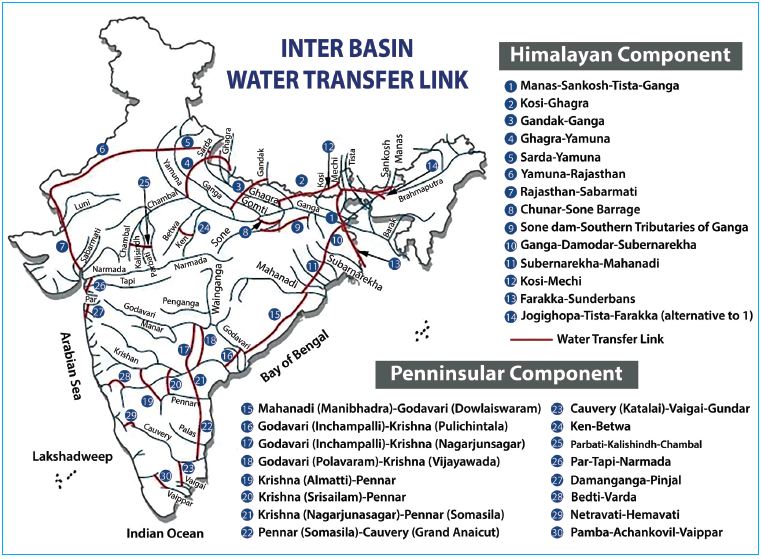
Other Benefits of National River Linking Project (NRLP)
The benefits of the National River Linking Project are:
- Generally, northern and eastern rivers like Ganga, Brahmaputra etc. receive water in the monsoon season and southern rivers go dry in the same season e.g. Cauvery, Godavari.
- Interlinking of Rivers in India will be a progressive step in dealing with water scarcity in these regions and reduce over-flooding in north India.
- Interlinking of Rivers in India may also provide opportunities to create hydroelectric power, fisheries and inland transport systems.
- Thus strengthening economic benefits to the people of different societies as fisheries, transportation, Agriculture etc.
- Water for Domestic and industrial use e.g. Polavaram project in Andhra Pradesh under the Pattiseema Plan.
- Availability of water to drought areas like Marathwada in Maharashtra, and Indira Gandhi Canal in Rajasthan.
- Inland waterway transportation material and labour transportation will be made easier due to the interlinking projects.
- Connecting people in different regions e.g. Ken- Betwa in Uttar Pradesh and Madhya Pradesh.
- By interlinking of rivers, the government would also help minimise property loss due to floods in the Ganga-Brahmaputra region, Kosi, Gandak and other regions.
Challenges for National River Linking Project (NRLP)
The major issues regarding the National River Linking Project are as follows:
- Loss of Forest Cover – The interlinking of rivers in India will destroy huge forest areas and biodiversity. There is a threat to the Tiger Reserve, protected areas like wildlife sanctuaries etc. For instance, the Ken-Betwa linking project creates a threat to the Panna tiger reserve in Madhya Pradesh.
- Rock Structures – The Interlinking of Rivers in India has to be created through rocky structures. Bombarding them with explosives may alter the physiography and may result in hazards and environmental problems.
- Invasive Species – The interlinking of rivers in India may allow the free transport of invasive organisms which may affect biodiversity.
- Conflict – Conflict between States about water sharing is a common issue. E.g. River Cauvery between Tamil Nadu and Karnataka, Krishna between Telangana and Andhra Pradesh.
- Marine Life Threat – There is a threat to marine life because the reduction of the flow of freshwater into the sea destroys bio-diversity.
- Displacement of People/Social Cost – Interlinking of Rivers in India is a very costly project and also rehabilitation of displaced people would hamper more on the budget. It is also argued that the same amount could be spent on the desalination of seawater.
- Economic Cost – The massive expenditure on the project and the maintenance costs associated with the dams, canals, tunnels and captive electric power generation will involve huge financial burdens.
Conclusion
The Interlinking of Rivers in India is a contentious issue that requires a careful balance between the potential benefits and the potential risks. While river interlinking may offer solutions to water scarcity and drought-related challenges, it also has the potential to disrupt ecosystems, displace communities, and exacerbate social and economic inequalities. Policymakers and stakeholders must engage in comprehensive and inclusive discussions to thoroughly evaluate the costs and benefits of river interlinking projects and to ensure that any such initiatives are implemented in a sustainable and equitable manner.
Frequently Asked Questions (FAQs)
Who is the father of interlinking of rivers?
Sir Arthur Cotton is the father of the Interlinking of Rivers.
What is the first river interlinking project in India?
The Ken Betwa Link Project is the first river interlinking project in India.
Who is the authority for interlinking of rivers?
The National Water Development Agency (NWDA) is the authority for the interlinking of rivers.
What are the objectives of the river linking project in India?
The river linking project in India aims to enhance water availability across regions, mitigate floods and droughts, improve agricultural productivity, and generate hydroelectric power. By connecting water-surplus rivers with deficient ones, the project seeks to balance water resources and promote sustainable development.
